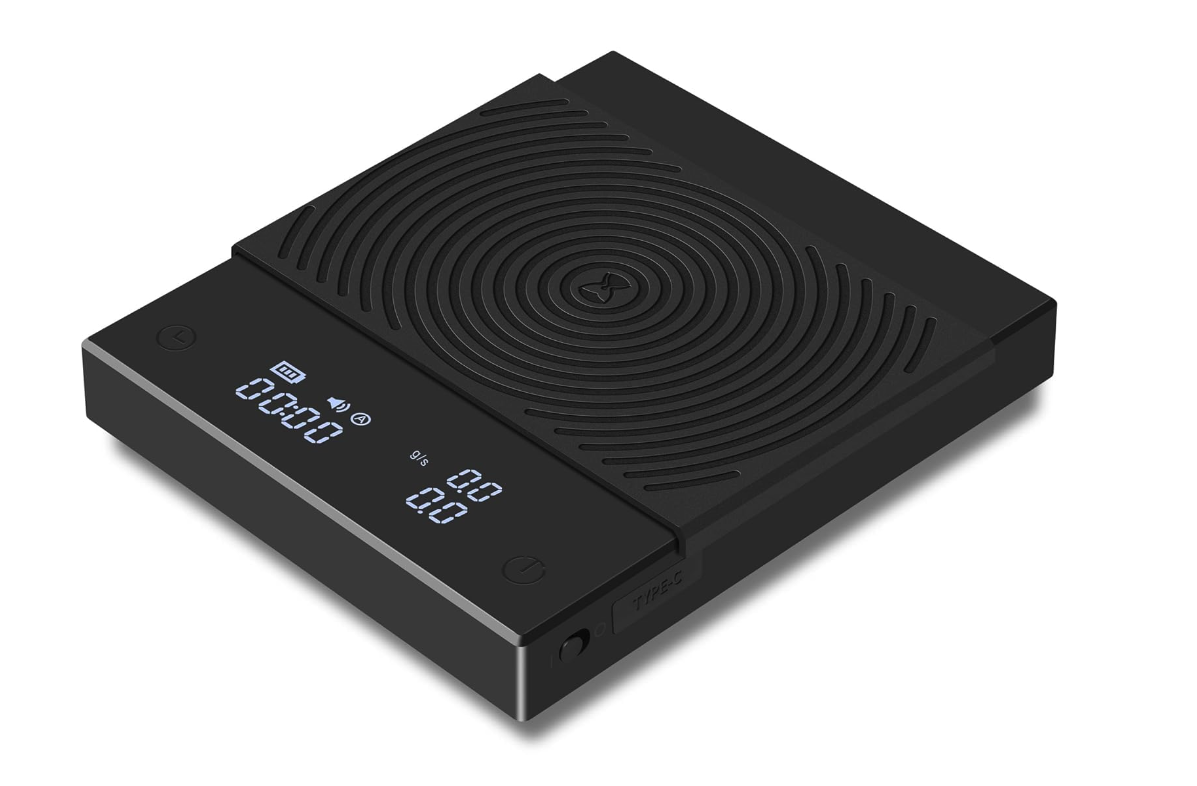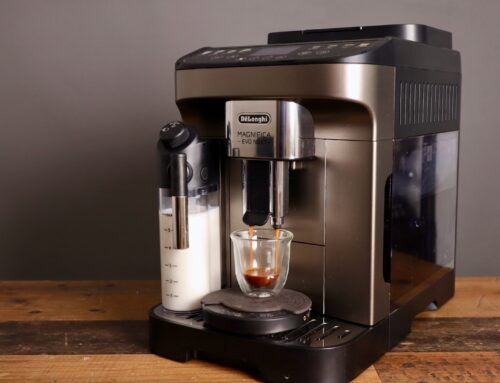Best Espresso Machine and Grinder Setups under $500
Espresso for under $500? Yes, you can.
While it might seem based on blog posts, that we need a big fancy chromed E61 espresso machine and a fancy grinder to get good espresso, I’d like to push back on that. With fresh beans, proper puck prep, and a capable grinder, even cheaper machines can deliver at worst a passable espresso, and at best a great one. Let’s have a look below at some pairings that will get you started, but not break the bank.
Flair Lever and Kingrinder K4 ($200)
One of the cheapest ways to get into espresso is to get a Flair lever machine and manual grinder. Since the Flair has no heating element, no pump, no power adapter, it can be made for quite cheap. Try the Flair Neo for about $100 or the Flair Classic for around $150. These can both deliver good results, and lever machines are fun to use. Just know that you need to heat your own water.
If you pair this with a cost effective but capable grinder like the K4, you will end up with tasty espresso, and you can do it for around $200-250.
Delonghi ECP3420 and Baratza ESP ($325)
If you want to make things a little easier on yourself, why not get an espresso machine with a pump, heater, and ability to steam milk? That’s what you get with the Delonghi ECP line. It’s my goto recommendation in the budget segment, because with its stainless steel boiler and heated brew group, it’s very capable of making a tasty espresso – in fact, I can make better espresso with this than most coffee shops (because many do not properly train their baristas).
Add the Baratza ESP grinder for a capable and fast grinder, and you’re good to go. I like to recommend the ESP because Baratza is known for excellent customer service, and this grinder can be dialed in pretty well for espresso. Another option would be the Fellow Opus, but I prefer the Baratza ESP for its speed.
Breville Bambino and Baratza ESP ($500)
If you want more of an automated espresso machine, the Breville Bambino could be a good choice. Coming in around $300, it offers volumetric dosing – a nice feature in this price range. That means you can program the buttons to the shot size you want. The steamer on it is pretty good, and will get you silky milk with some practice. It comes with 54mm baskets, which are larger than the 51mm of Delonghi.
Pair this with a Baratza ESP, Fellow Opus, or MiiCoffee X54 to stay within the $500 budget. Or, use a hand grinder to stay under budget – Kingrinder has lots of good options, and so does 1zpresso.
Accessories to make life easier
If you want to pay attention to ratios and timing, I would suggest getting a scale that measures in tenths of grams, like the Timemore scale. Also, a WDT tool is always good to have, to distribute your grounds better. Finally, you’ll want a funnel to save on mess and a decent tamper, but these two things will be dependent on the diameter of your espresso basket.
Why no Generic Models?
People often ask me about HiBrew, CasaBrew, Caphalon, Gevi, and the like. To be honest, I don’t like recommending those brands. The reason is, sometimes these brands come in out of left field, produce a few years, and then leave the scene.
In addition, I prefer to recommend established brands like Delonghi and Breville, because there are forums dedicated to them, which is very helpful for beginning baristas. Finally, you can find way more accessories for brands like Delonghi and Breville, too.
So for those reasons (and because I also cannot comment on the longevity of the generic models), I cannot recommend them. But of course, to each, his own.
Happy coffee drinking, and I wish you a good day! Thanks for dropping by this webpage! Tom












